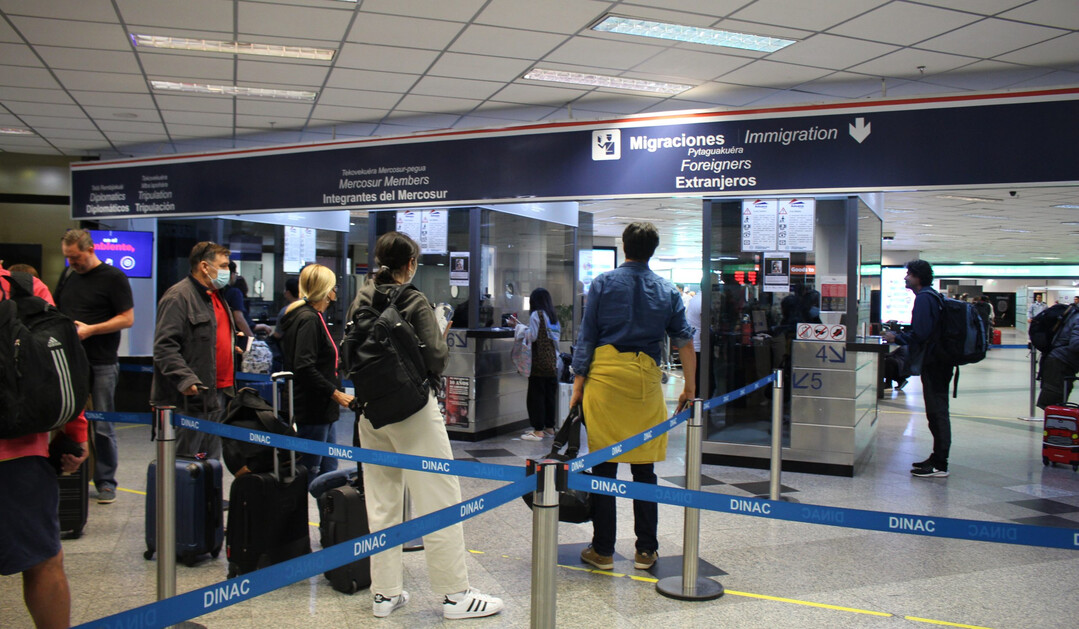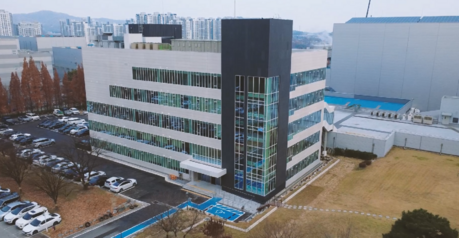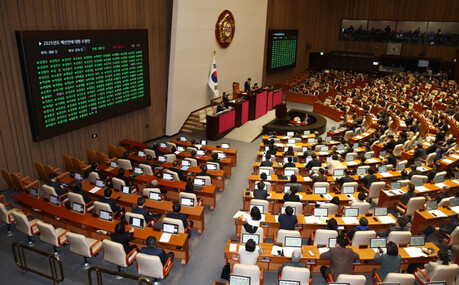
The number of immigrants residing in Paraguay has surpassed 156,000, a fact revealed by the National Institute of Statistics (INE) in its announcement of the results of the 2022 National Population and Housing Census (CNPV 2022). Notably, immigrants from Argentina and Brazil constitute a significant portion of the total, forming the largest segments of Paraguay's immigrant population. This announcement provides crucial insights into Paraguay's demographic composition and social changes.
Definition of Immigration and Purpose of the Survey
Immigration is understood as a territorial movement involving a change of residence and the establishment of life in a new place, with biological, demographic, economic, social, and cultural implications. This announcement by the National Institute of Statistics is based on a clear definition of immigration, covering demographic information by place of birth and current department of residence, migration trends that occurred five years prior to the census (2017-2022), and specific characteristics and migration tendencies of the foreign-born population aged 5 and older. The purpose of this survey is to understand the dynamism of Paraguayan society and provide foundational data for future policy formulation.
Paraguay's Total Population and Immigrant Status
According to the 2022 census, Paraguay's total population is 6,109,903. Of this, information on immigrant status was reported for 5,500,482 people, with 5,495,307 classified as natives (nativos). This refers to individuals born within Paraguayan territory, regardless of their current nationality or residence, accounting for approximately 89.9% of the total population.
The remaining non-native population includes individuals born in other countries who currently reside in Paraguay, totaling 156,804 people, which accounts for 2.6% of the total population. This indicates that immigrants constitute a relatively small proportion of Paraguay's population, yet they play a significant socioeconomic role.
Regional Distribution of Immigrants: Centers of Migration Flow
By department (Departamento), Paraguarí had the highest proportion of native residents at 86.6%, followed by Ñeembucú at 86.2%, and Concepción at 85.5%. These regions can be considered departments with relatively low immigrant influx.
Conversely, a lower proportion of native residents indicates a more active immigrant influx. The Central department had the lowest at 59.9%, followed by Alto Paraná at 62.4%, and Canindeyú at 63.1%. The Central department, which includes the capital Asunción, concentrates economic activities and opportunities, thus attracting a high influx of immigrants. Alto Paraná, bordering Brazil, is characterized by a large population of Brazilian immigrants. Indeed, news reports such as "nearly 1,000 job opportunities in Alto Paraná" highlight it as a region rich in economic prospects.
Immigrant Countries of Origin: Overwhelming Dominance of Argentina and Brazil
The countries of origin of the foreign-born population residing in Paraguay are as follows:
Argentina: 65,035 people Brazil: 52,031 people Spain: 4,245 people Venezuela: 3,653 people Germany: 3,201 people Uruguay: 2,774 people Chile: 1,803 people Peru: 1,674 people Bolivia: 1,619 people United States: 1,530 people South Korea: 1,427 people Japan: 1,232 people Colombia: 1,115 people Other countries: 9,003 people Information not provided: 6,462 people
The most striking observation is that immigrants from Argentina and Brazil account for 74.7% of the total. Among these, Argentinians make up the largest share at 41.5%, followed by Brazilians at 33.2%. This reflects Paraguay's deep historical, economic, and cultural ties with its neighboring countries. The influence of regional economic blocs like Mercosur can also be interpreted as contributing to migration flows.
In the case of Korean immigrants, numbering 1,427, they occupy a relatively high position, which is closely related to the history of Korean immigration to Paraguay since the 1960s. Although primarily starting as agricultural immigrants, they now engage in various fields and contribute to Paraguayan society.
Gender Distribution and Past Trends of the Immigrant Population
Paraguay's immigrant population shows a slightly higher proportion of males. Of the total 156,804 immigrants, 80,851 (51.6%) are male, and 75,953 (48.4%) are female. This aligns with the general tendency for males to be more inclined to migrate in search of economic opportunities.
Interestingly, the proportion of foreign-born population in Paraguay has shown a decreasing trend over the past 50 years. It increased from 3.4% in 1972 to 5.6% in 1982, then decreased to 4.6% in 1992 and 3.4% in 2002, reaching 2.7% in 2022. This suggests relative changes in Paraguay's population growth rate and immigrant influx speed, and that there were periods in the past when immigration was more active due to, for example, border area development.
For instance, during the 1970s and 80s, large-scale national projects like the Itaipu Dam construction project with Brazil might have attracted many foreign workers. However, in recent times, a combination of Paraguay's own economic development and changes in the economic situations of neighboring countries seems to have led to a decrease in the proportion of immigrants.
Importance of Immigration Statistics and Future Challenges
The results of this National Population and Housing Census are essential data for the Paraguayan government to formulate immigration policies and provide social services. Accurate immigration statistics help support the social integration of immigrants, identify the needs of immigrants concentrated in specific regions, and develop policies for the advancement of a multicultural society.
Geographically, Paraguay is located in the heart of South America, possessing the potential for migration flows to change at any time depending on the political and economic situations of neighboring countries. Therefore, it is necessary to prepare for unpredictable situations, such as the influx of immigrants due to Venezuela's economic crisis.
Furthermore, if improvements in Paraguay's foreign investment and business environment continue, the influx of business immigrants could increase. For example, in recent years, the Paraguayan government has been actively attracting investment, which could lead to an increase in entrepreneurial and professional immigrant populations.
Immigration is more than just a number of people; it is a crucial element that enhances the vitality and diversity of a society. It is important for the Paraguayan government and society to continue developing policies and a culture that embrace immigrants as integral members of Paraguayan society and foster coexistence. Going forward, regular updates and in-depth analyses of immigration-related data by the National Institute of Statistics will continue to be important indicators for national development.
[Copyright (c) Global Economic Times. All Rights Reserved.]






























